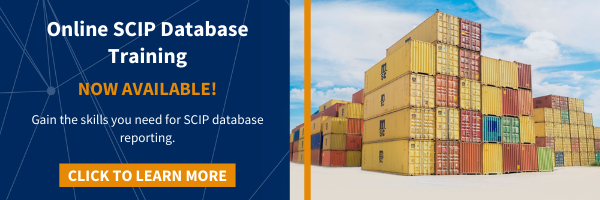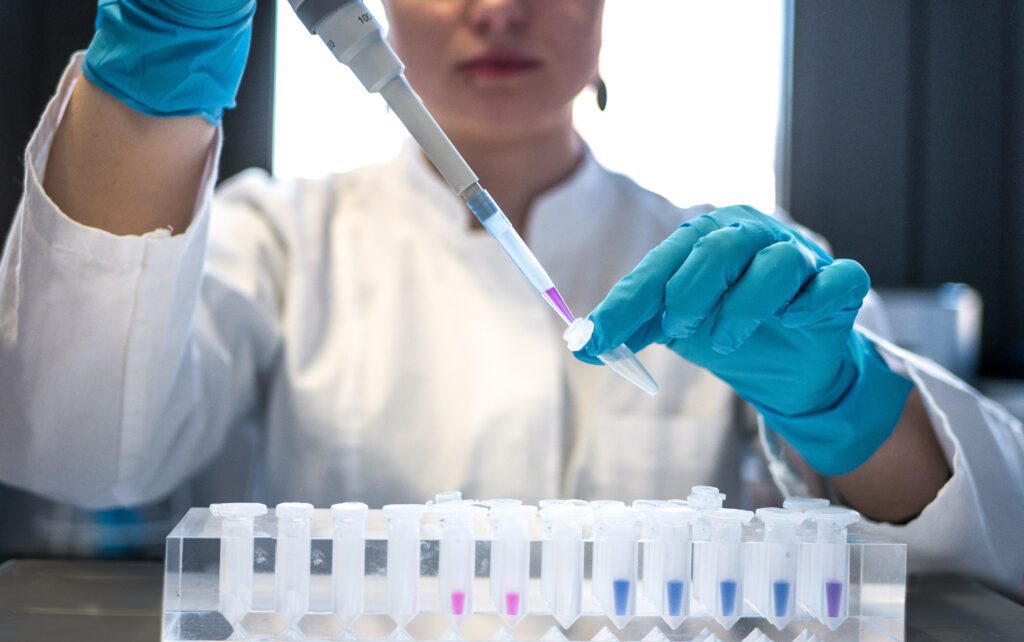After years of preparation and months of reporting, the Substances of Concern in Products (SCIP) database is now public. From the beginning, the plan for this database was to give consumers a way to look up hazardous substances in products, leading to greater transparency and accountability regarding the substances found in products.
The SCIP database was first introduced as a Waste Framework Directive concept in 2018. Reporting in the database began in early 2021. Now that there is enough data, this database is available for the public to use. But what does this mean for consumers and manufacturers?
What This Means for Consumers
Most notably, the public availability of the SCIP database means that all the gathered information on Substances of Very High Concern (SVHCs) in products is now widely available to EU regulators. This gives them the ability to enforce SVHC requirements more effectively and audit suppliers and manufacturers, eventually weeding out or drastically limiting the use of the SVHCs. Ultimately, this will impact the products available to consumers and the substances within those products.
Another use of the database will be for Non-Governmental Organizations (NGOs) and non-profit advocacy groups to compile and summarize the data. The data will then be used to initiate consumer-targeted campaigns to create pressure on companies to substitute harmful substances in their products.
The publication of the SCIP database also means that consumers can use it as a guide to inform everyday household and small business purchasing decisions. The information allows consumers to know what hazardous substances may be in products. They can then use this information to make better purchasing decisions in order to limit exposure to themselves, their loved ones and the environment.
However, while the SCIP database is public now, it can be cumbersome and confusing for consumers to use. Information provided by ECHA about how to use and search within the database will be especially useful. ECHA has also stated that they plan to improve the portal in the future, so consumers interested in using it should keep an eye out for updates.
What This Means for Manufacturers
The goal of SCIP is to provide transparency about hazardous substances within products, which will ultimately discourage the use of such substances. This will lead to changes in the very products manufacturers and suppliers work together to create.
There are two major ways that SCIP will affect suppliers and manufacturers. The first is that they will need to comply with the reporting requirements. Note that REACH reporting is not the same things as SCIP reporting. The SCIP database is an additional requirement that will need to be met. Find more information about how to comply here.
The second way SCIP will affect suppliers and manufacturers is in requiring changes in the substances that are used within products. Decreasing the use of SVHCs in products means that some manufacturers may need to look for new parts and some suppliers may need to look for substitute chemicals.
While adjusting manufacturing and supply chains may be difficult at first, ultimately this should lead to a more sustainable future for both manufacturers and consumers.

Get SCIP Support
If you need help complying with the new SCIP database requirements, contact Tetra Tech’s SCIP experts at [email protected]. Our team has been keeping up with the SCIP database from its inception and is prepared to answer your questions. Whether you need SCIP training or help navigating reporting, contact us today.






